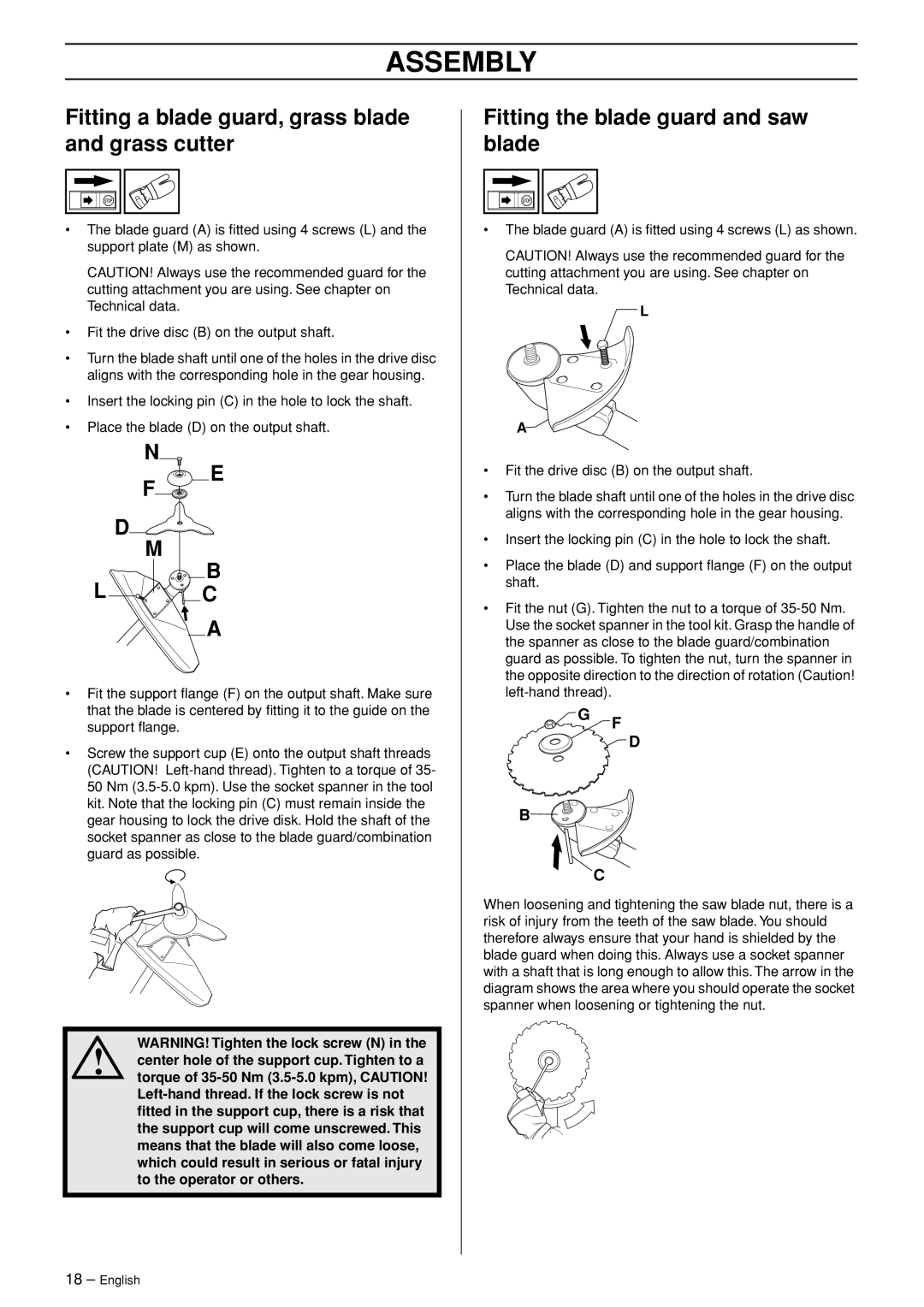250 R specifications
The Husqvarna 250 R stands as a prominent contender in the realm of off-road motorcycles, particularly for those who seek performance and rideability in rugged terrains. This model encapsulates a combination of advanced engineering and rider-focused design, making it a favorite among both amateur and experienced riders.One of the standout features of the Husqvarna 250 R is its powerful engine. The bike is powered by a 249cc, single-cylinder, two-stroke engine, optimized for maximum performance across various riding conditions. With its lightweight construction, the engine delivers impressive power without sacrificing maneuverability. Riders can expect robust acceleration and excellent throttle response, which is crucial for navigating challenging trails and obstacles.
The Husqvarna 250 R also incorporates cutting-edge technologies that enhance its performance. One notable feature is the electronic fuel injection system, which ensures optimal fuel delivery and improved efficiency. This technology not only contributes to the overall performance of the engine but also minimizes emissions and enhances fuel economy. The bike’s adjustable power valve allows for customizable power delivery, catering to the rider’s preferences and the riding environment.
Another significant aspect of the Husqvarna 250 R is its lightweight chassis, constructed from high-quality materials. The frame is designed to provide excellent rigidity while keeping the overall weight to a minimum. This balance of strength and lightness contributes to the bike's agility and ease of handling, making it versatile for various riding styles and terrains.
Suspension is another critical feature of the Husqvarna 250 R. The bike is equipped with fully adjustable WP XACT forks at the front and a WP XACT shock at the rear, offering superior damping capabilities. This advanced suspension system provides enhanced stability and comfort, allowing for better control during aggressive maneuvers or when tackling rough terrains.
The ergonomics of the Husqvarna 250 R are tailored to enhance the riding experience. The seat is designed for optimal comfort, providing support during long rides while ensuring that riders can easily shift their weight when necessary. The bike also features wide footpegs that deliver excellent grip and control.
In summary, the Husqvarna 250 R is a remarkable off-road motorcycle that combines performance, advanced technology, and rider-friendly design. Its powerful engine, lightweight chassis, superior suspension system, and ergonomic features make it an ideal choice for adventure enthusiasts looking to conquer the trails with confidence and agility. Whether navigating through tight woods or tackling open trails, the Husqvarna 250 R is engineered to deliver an exhilarating riding experience.


